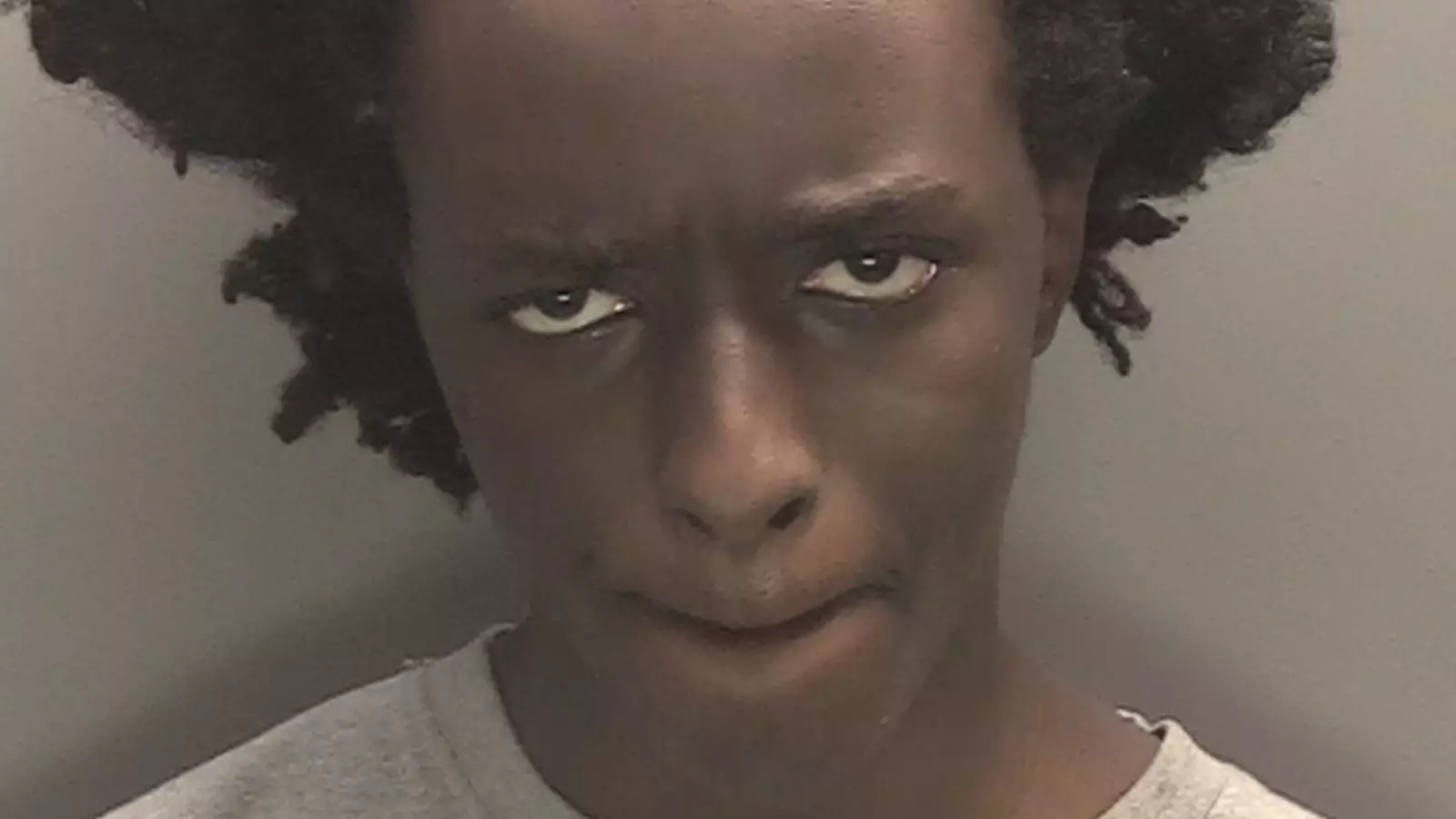Axel Rudakubana’s tragic evolution from a troubled student to a perpetrator of extreme violence serves as a stark reminder of systemic failures in safeguarding youth. Reports indicate that Rudakubana had long harbored violent intentions, with peers mentioning a “kill list” he maintained throughout his time at Range High School in Formby. Such alarming behaviors were not isolated incidents; rather, they were indicative of a deeper mental health crisis that seemed largely overlooked by educational and social services responsible for protecting students.
In October 2019, Rudakubana’s manifestation of violence surfaced when he was excluded from school for bringing a knife into Range High. This should have potentially served as a significant red flag. However, three months later, he returned to the school and attempted to attack classmates with a hockey stick. Such aggression should have prompted immediate and comprehensive intervention; yet, it appears that Rudakubana’s subsequent actions were largely ignored by responsible authorities.
Repeated Warnings Ignored
Rudakubana’s behavior spiraled further downward, culminating in multiple referrals to the government’s Prevent program, designed to curtail radicalization among at-risk individuals. Despite these interventions, he seemed to slip through the cracks, raising critical questions about the efficiency of such programs. The ultimate inability of authorities to recognize and act upon the clear risks posed by Rudakubana paints a troubling picture of a system with inadequacies in identifying and managing high-risk youth.
Witness accounts from students highlight a broader culture of fear and awareness. Dylan Pemberton, whose daughter was acutely aware of Rudakubana’s reputation, recounted incidents where Rudakubana exhibited threatening behavior, effectively creating an environment of harassment. The evident knowledge among students regarding Rudakubana’s intentions plays a pivotal role in understanding how the authorities failed to connect the dots in a situation that developed over years.
Rudakubana’s family background adds another layer to this complex narrative. The family moved to the UK from Rwanda, and the historical context of the Rwandan genocide seemingly influenced his fascination with violence and despotic figures. His father, Alphonse, sought to intervene just days before a violent outburst, stopping Axel from attempting to return to Range High, indicative of troubling family dynamics that often accompany youth prone to violence. However, despite parental concern, it begs the question: how effective is parental intervention if systemic support fails?
In July 2024, the horrific incident occurred, as Rudakubana attacked children attending a Taylor Swift-themed dance event, striking fear into an innocent crowd. This event was the conclusion of a series of warning signs and failed interventions. The chilling notion that the school environment was aware yet ill-prepared to handle such a volatile situation speaks volumes about the broader societal challenges in recognizing and managing high-risk behaviors in youth.
In the wake of the attack, there was an outcry for accountability, with Home Secretary Yvette Cooper announcing a public inquiry. She emphasized, “Between them, those agencies failed to identify the terrible risk and danger to others that he posed.” This statement underscores a crucial need for inter-agency collaboration and communication to ensure that individuals like Rudakubana do not evade the systems designed to protect public safety.
As the inquiry progresses, it is essential to address not only the failures of the Prevent program but also the broader questions surrounding behavioral interventions and mental health support in educational settings. Students and their families should feel secure, knowing their concerns about potentially dangerous individuals are being taken seriously. The tragic case of Axel Rudakubana will hopefully serve as a catalyst for change, ensuring that no more lives are shattered due to preventable acts of violence.
A collective reflection on this case serves as a call to action for schools, social services, and community networks to prioritize mental health support and proactive risk assessment. It is imperative to create environments wherein the signs of distress and intent for violence are identified swiftly and addressed appropriately. Axel Rudakubana’s story is not just an isolated incident; it is a warning to society about the critical need for vigilance, communication, and decisive interventions to protect the vulnerable and restore hope to communities reeling from senseless acts of violence. The work begins now.

Leave a Reply